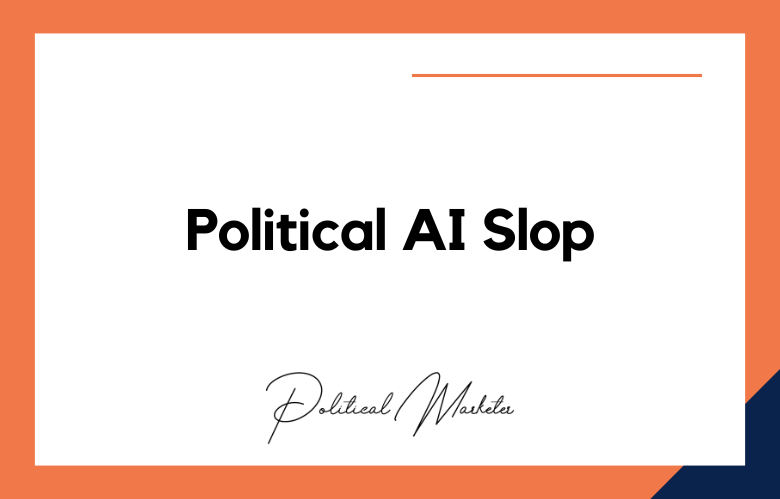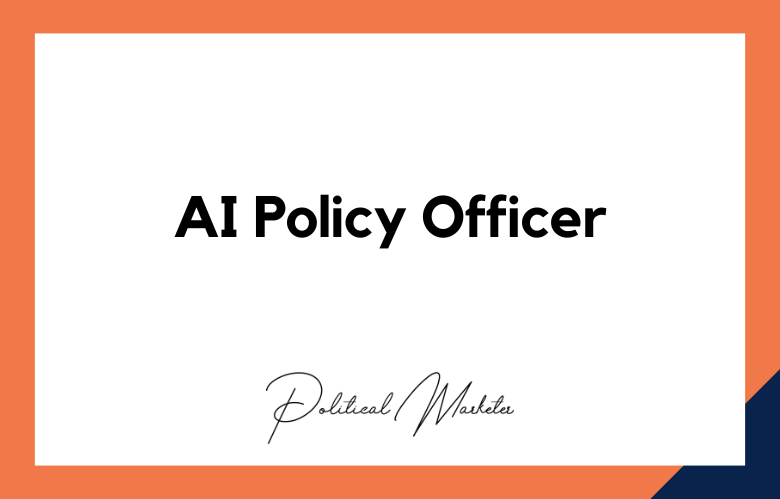Elections in India are highly competitive, and the political parties leave no stone unturned to run an effective election campaign. This means advertising plays a crucial role in attracting voters’ attention and influencing their opinions.
The advertising landscape in India has evolved significantly over the years, with digital advertising gaining steam recently.
As an election candidate, it is essential to understand the different advertising strategies that can be employed to run a successful election campaign. We will discuss some effective election campaign advertising strategies in India.
What is Election Campaign Advertising in India?
Election campaigns in India have become a powerful platform for political parties to reach out to the masses and create a brand identity for themselves.
A significant aspect of these campaigns is advertising. Election campaign advertising involves using different media channels like print, television, digital, and outdoor advertising to promote a particular political party, its ideologies, and its agendas.
We will look deeper at what election campaign advertising in India is, how it works, and its impact on Indian politics.
The Intricacies of Election Campaign Advertising in India.
Elections are the essence of a democratic process, and campaign advertising is crucial in making that happen. Political parties in India go to great lengths to create campaigns that paint the most vibrant pictures for their voters.
But what exactly is campaign advertising, and how does it work in the Indian context? We’ll delve deeper into the world of election campaign advertising in India.
The Indian constitution lays out guidelines for political campaigns and campaigning activities during the election period.
Political parties may advertise their candidates’ performances and agendas, making factual claims as long as there is no maligning of another candidate or party.
While television and print media are popular campaign advertising mediums, social media also takes up significant advertising budgets due to its immediate reach and effectiveness.
The Ins and Outs of Election Campaign Advertising in India.
Election campaigns are an essential aspect of any democracy, including India’s. While there are many ways in which political parties and politicians try to sway voters, advertising is one of the most essential tools for reaching out to the masses.
We examine election campaign advertising in India, exploring its history, scope, impact, and regulation.
To begin with, election campaign advertising in India has a long and rich history, dating back to the early years of Independence.
Politicians sought to garner support in the early days, mainly through newspapers, radio, and door-to-door campaigns.
However, with the advent of television in the 1980s, election campaign advertising took on a new dimension, reaching millions across the country.
Since then, technologies have evolved, and today, social media, mobile apps, and digital platforms have become vital tools for election campaigns.
A Complete Guide on How to Run Effective Election Campaign Advertising in India.
Election campaigns in India are a complex affair with diverse challenges and opportunities. With more than 900 million eligible voters, political parties and candidates must adopt innovative strategies and techniques to reach their target audience and remain relevant amidst fierce competition.
One of the most crucial aspects of effective election campaigning is advertising. Whether traditional forms of advertising, such as print, radio, television, and hoardings, or modern forms of advertising, such as social media and mobile apps, campaigns need to leverage the strengths of different media to convey their message effectively.
Let us explore some practical tips and insights on how to run a successful election campaign advertising in India.
Understanding Election Campaign Advertising in India.
Election campaigns in India are nothing short of a grand spectacle. With a population of over 1.3 billion, electing a government is an elaborate and extensive exercise.
Every election, political parties devise various strategies to advertise their respective candidates and parties. We will discuss the intricacies of Election Campaign Advertising in India and what it entails.
Political Parties and Election Campaign Advertising.
Political parties in India use election campaign advertising to reach a broader audience. It connects voters emotionally and persuades them to vote for a particular party.
Election campaign advertising can promote a candidate, highlight a party’s achievements, discuss their agendas and plans for the future, or examine their political opponents.
Types of Election Campaign Advertising.
Social Media Advertising:
With over 300 million active social media users nationwide, advertising is a highly effective way to reach a large audience.
Social media ads can target specific audiences based on demographics, interests, and behaviors. Some popular social media platforms for election advertising include Facebook, Snapchat, Twitter, and Instagram.
Influencer Marketing:
Influencer marketing is a powerful tool to help election candidates reach a wider audience. Influencers with many followers can be leveraged to endorse a candidate or promote their views. This strategy can attract younger voters who are more likely to engage with social media influencers.
Outdoor Advertising:
Outdoor advertising has been a tried and tested advertising strategy in India for years. Hoardings, banners, and posters can be strategically placed in areas with high traffic or where the targeted audience is more likely to be present. This strategy can effectively reach voters in rural areas where digital advertising may be less prevalent.
Audio-Visual Advertising:
Television and radio are still popular mediums for election advertising in India. TV commercials during prime-time slots can effectively reach a broad audience. Radio ads are a cost-effective way to get voters in smaller towns and villages.
Mobile Advertising:
Mobile advertising can be an effective way for election candidates to reach voters on the go. Ads can target specific geographies and demographics, making it an ideal platform for hyper-local campaigns. In addition, mobile optimization is essential to ensure that ads are delivered effectively on mobile devices.
Conclusion:
Running a successful election campaign is a challenging task that requires a combination of different advertising strategies.
Election candidates can effectively reach their targeted audience by leveraging social media, influencer marketing, outdoor advertising, audiovisual advertising, and mobile advertising.
While digital advertising has gained ground in India, traditional advertising strategies such as hoardings, posters, and TV commercials still hold significant value.
Regardless of the strategy used, it is essential to keep the messaging clear, concise, and relevant to the target audience. With the right advertising strategy, election candidates can increase their chances of winning the hearts and minds of the voters.
Call: +91 9848321284
Email: [email protected]
Election Campaign Advertising in India: FAQs
What is election campaign advertising in India?
It refers to the strategic use of media channels like TV, radio, print, and digital platforms to influence public opinion, promote a candidate, and mobilize voters before and during elections.
Which platforms are best for political advertising in India?
Top platforms include Facebook, YouTube, Google Search, local news websites, WhatsApp (organic), Instagram, and regional television channels.
Are there any legal rules governing political ads in India?
Yes. The Election Commission of India (ECI) mandates pre-certification of political ads and enforces spending limits, content guidelines, and ethical codes for all campaign materials.
How much does a typical political ad campaign cost in India?
Costs vary based on the platform, reach, and duration. Digital campaigns can start from ₹50,000, while TV or newspaper campaigns may run into lakhs or crores depending on the scale.
What is the role of the Election Commission in ad approval?
The Media Certification and Monitoring Committee (MCMC) must approve all political ads before publication to ensure they comply with the Model Code of Conduct.
Which is more effective: digital or traditional advertising?
Digital offers more targeted, cost-efficient reach, especially among youth and urban voters, while traditional media hold sway in rural and semi-urban regions.
Can political ads be run during the silent period?
No. All forms of electioneering, including advertising, must cease 48 hours before the end of polling in that phase (as per ECI regulations).
What types of digital ads work best in election campaigns?
Video ads, carousel ads on Facebook, YouTube pre-rolls, Google Search ads, and influencer content are highly effective in political digital outreach.
How is ad targeting done in political campaigns?
Campaigns use voter data, demographics, interests, language preferences, and location targeting to reach specific voter segments with personalized messages.
What is the benefit of geotargeted political ads?
They allow parties to deliver hyper-local messages, address constituency-specific issues, and mobilize local voters more precisely.
Can WhatsApp be used for election ads?
Direct paid ads are not allowed, but WhatsApp Broadcast and organic message dissemination are widely used to share campaign videos, manifestos, and calls to action.
How do regional languages affect ad performance?
Ads in local languages increase trust, relatability, and comprehension, especially in rural and semi-literate voter segments.
Are there limits on political ad spending in India?
Yes. Candidate expenditure is capped (e.g., ₹95 lakhs for Lok Sabha, ₹40 lakhs for Assembly elections, as of current norms), and digital ad spending is included in these limits.
How can ad performance be measured in campaigns?
Metrics include reach, impressions, CTR, video views, engagement rate, voter sentiment, and conversion (like sign-ups, donations, or volunteer registrations).
What are influencer ads in political campaigns?
These involve partnering with social media personalities to share political messages organically or paid, leveraging their trust with niche audiences.
Do political ads need disclaimers in India?
Yes. As mandated by the ECI, all ads must include disclosures stating they are paid for or authorized by a political party or candidate.
How can AI help in election ad optimization?
AI tools assist in ad testing, audience clustering, sentiment analysis, budget optimization, and real-time performance tracking.
Can negative ads be used in Indian elections?
They are permitted but must not violate defamation laws, spread misinformation, or incite hatred. MCMC approval is required.
How long should a political campaign ad run?
The ideal ad duration varies. Short videos (15–30 seconds) are effective for awareness, while longer formats (60+ seconds) work well for storytelling and manifestos.
What are the best practices for political ad creatives?
Use clear messaging, local language, emotional appeal, strong visuals, a clear call to action, and consistent branding aligned with the campaign’s narrative.










